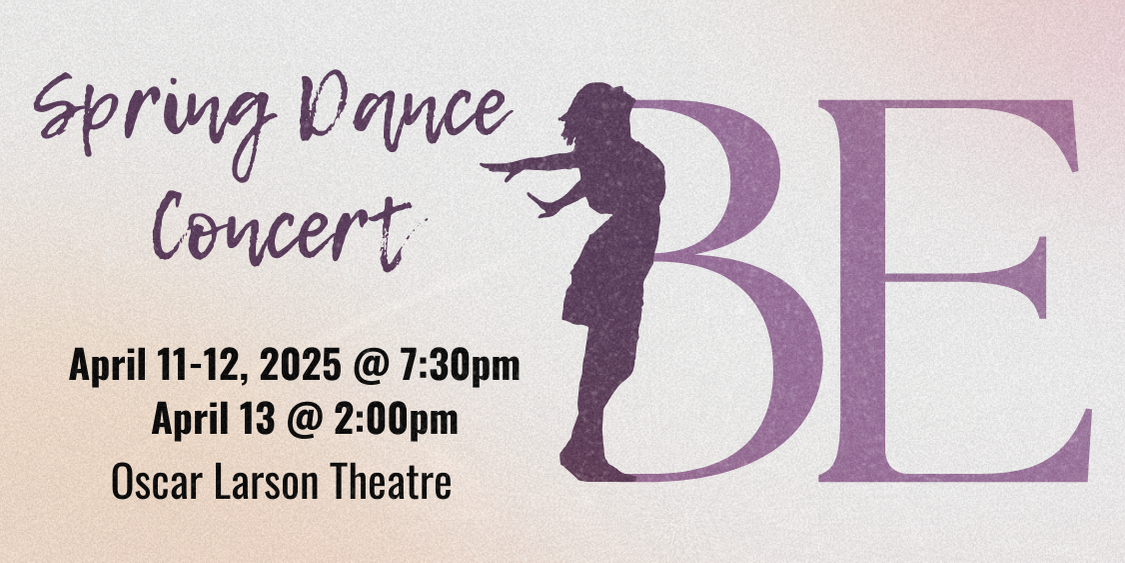SDSU’s campus is a pretty busy place. Between the hundreds of campus clubs, departments and other organizations, there’s a lot happening, but what do they all have in common? A need to advertise themselves.
“I think it’s such a busy campus. We have stuff from the religious organizations to the Pokémon club,” said junior advertising major Jordan Otta. “With that being said, the groups have to look at their different strategies to get the people involved.”
According to psychology professor Brady Phelps, the most successful advertising has to do with two key strategies: repetition and emotion.
“Effective advertising involves repetition and what is termed “evaluative conditioning,” the pairing of a product or a message with some symbol or image that has effective value, that evokes emotions,” Phelps said.
The “Familiarity is Truth” effect makes people more likely to believe something if it seems familiar to them, said Phelps.
These two advertising strategies, repetition and emotion, can be applied in countless ways, but advertising professor and Advertising Club adviser Roxanne Lucchesi said the best platforms for student advertising largely exist online.
“I think a start is using the Club Hub on campus because that’s new and a lot of freshmen will go there to find out about clubs,” Lucchesi said. “Juniors and seniors might not be using it, but the freshmen and sophomores should be starting to use it and it’s just going to be the place to go for club news.”
The most popular social media platforms can be more commonly used to promote and advertise.
“Facebook is great for meeting announcements and communicating club activities,” Lucchesi said. “… You have to make sure your club members get the notice when you post a club meeting or something.”
Lucchesi said there are ways of paying for increased audience engagement on platforms like Facebook.
“You can invest ten dollars in a Facebook post to promote it,” Lucchesi said. “It would be for a group page though and you would probably want that to be public to promote club activities and events, professional opportunities. Photos always help, so make sure you have a photographer taking pictures.”
Even beyond photos, Lucchesi urged the use of campus posters to get notice from students in the real world. Lucchesi said BluePrint Design and Print Center “does a nice job of designing posters if you have funding available.”
Whatever the club or event, both Lucchesi and Otta urged students not to become discouraged if there is not a noticeable improvement in student engagement immediately after advertising.
“I would just say keep going and find different ways of involvement,” Otta said. “We’re going to start including things in every [advertising club] meeting to keep things fresh and make sure you’re learning something every meeting so you feel obligated to come. When you just need to get bodies into chairs, sometimes you got to do what you got to do.”



















